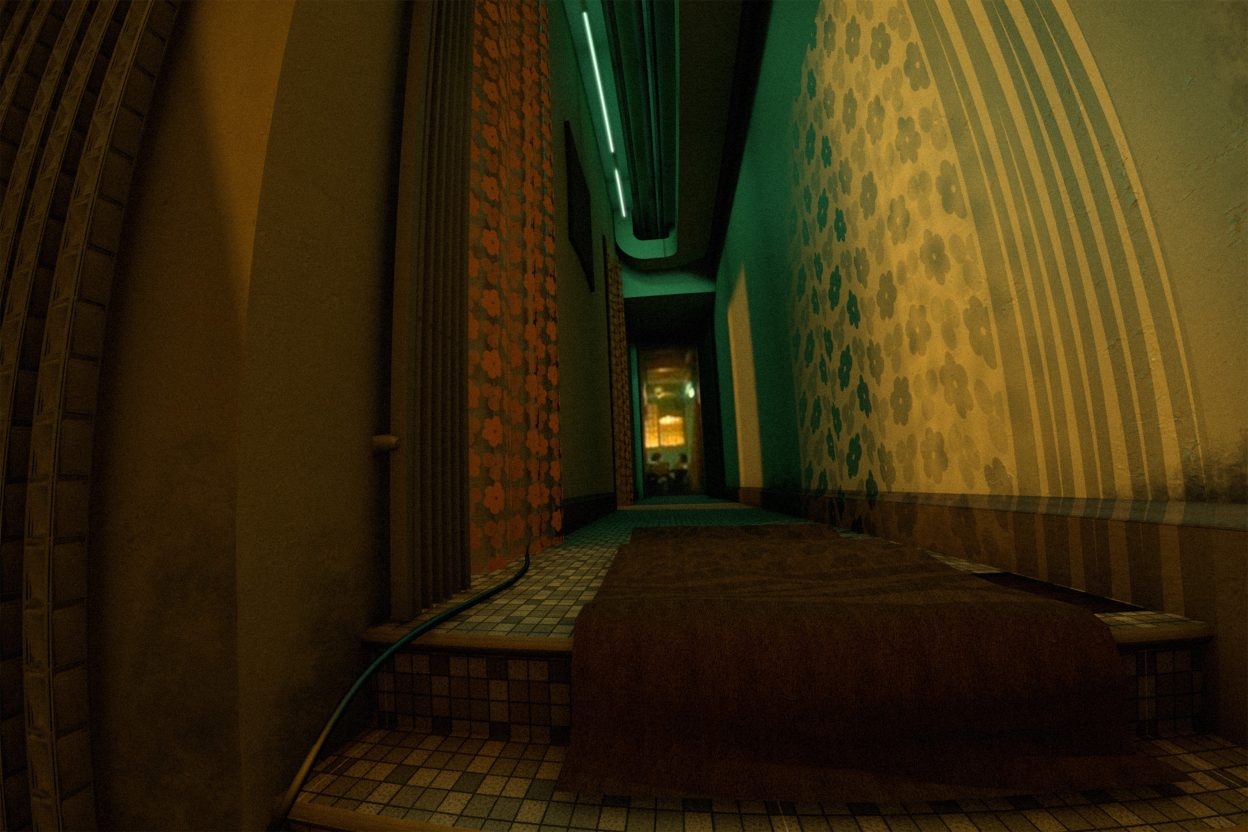OPTION JMA-FR
Image and Architecture 2
 Author: Léo Laurence, Image and Architecture 2, Film Still - Still Life, Technique: Computer Rendering (C4D)
Author: Léo Laurence, Image and Architecture 2, Film Still - Still Life, Technique: Computer Rendering (C4D)CONTENT
Rendering software perform increasingly better and provide a range of setting options that are becoming ever more difficult to keep track of. Discipline is required in order to keep an overview and the risk of losing one’s bearings is high. This applies even more so in the case of architectural visualizations, whose represented scenes are complex and usually do not consist of individual objects as is the case of industrial design. Time is often lacking for the consistent implementation of a sophisticated lighting strategy, so the user resorts to ready-made rendering and lighting settings available in the software. The computed images can then hardly be distinguished from one another in terms of their visual aesthetics.
TEACHING AIMS
In a compact short introduction, the students will learn the main configuration options for lighting, material and rendering settings provided by the Cinema 4D software. Systematically concentrating on light and surface texture will further foster the students’ visual power of perception.
TEACHING FORM
After an introduction to the Cinema 4D software, the students will develop a series of computer generated still life images – scenes with a manageable number of objects. The course encourages the use of manual and digital instruments in engaging at the very extreme limit of the interplay between reality and fiction.

